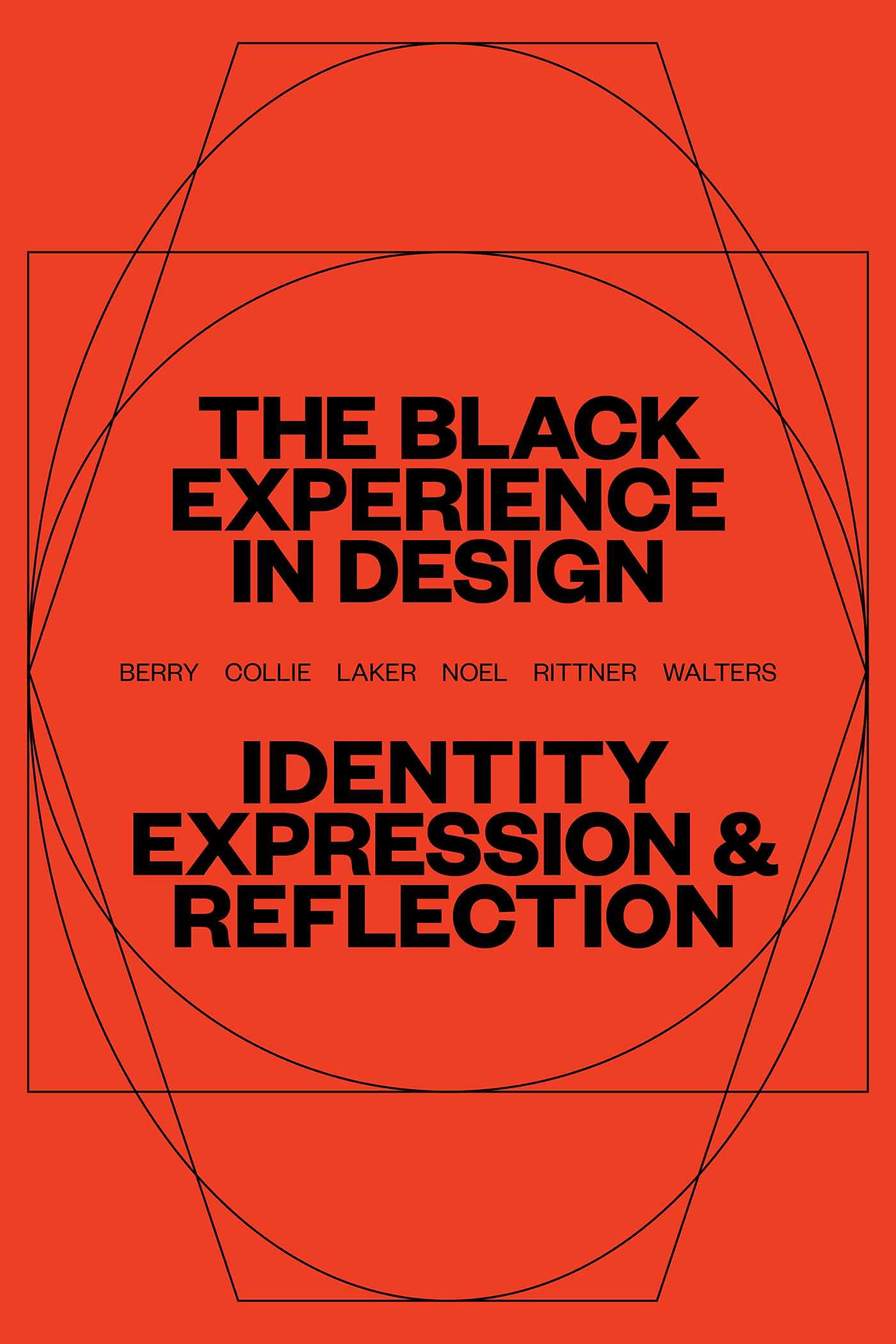What do you think?
Rate this book


780 pages, Kindle Edition
Published February 1, 2022
“I am about three years old and looking intently at a design imprinted on the walls of the house I grew up in, in Guyana, South America. The design is beautiful — glimmering greenish-gold hues against an eggshell matte surface, the outlines of a fleur-de-lis pattern catching the light flooding onto our floors and walls. I think, This wall is magical, chameleon-like. I move by body side to side, to see where it glimmers and when it turns static. Of course, if I am three, this is not my vocabulary. But it is my sentiment — wonder. I am a small girl encountering a large wall, but it is my wall and canvas. My space.”
— Michelle Joan Wilkinson, “Curating My Way Into Design: A Work in Progress”